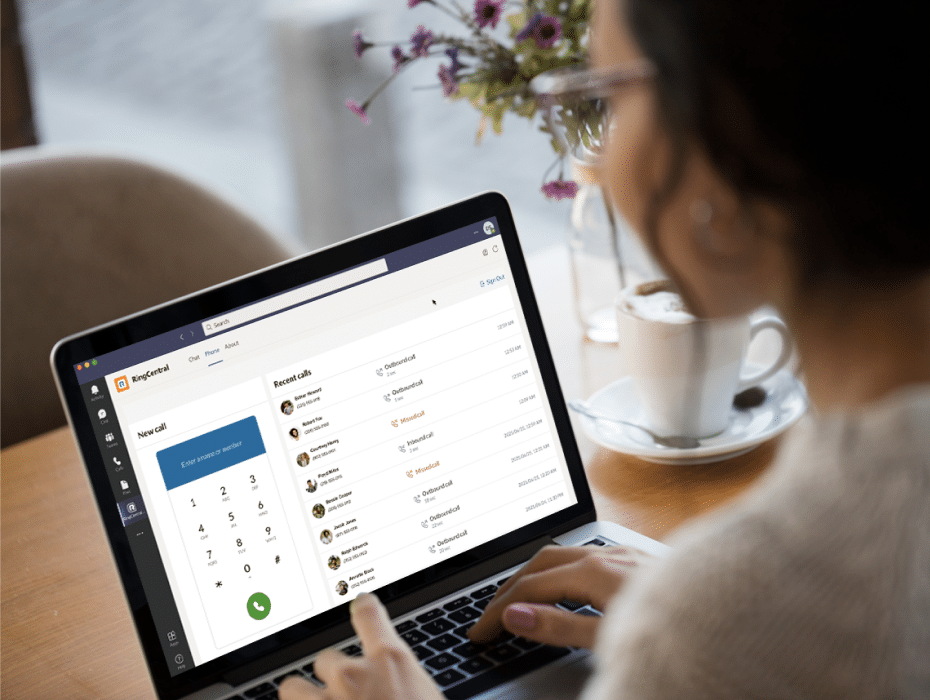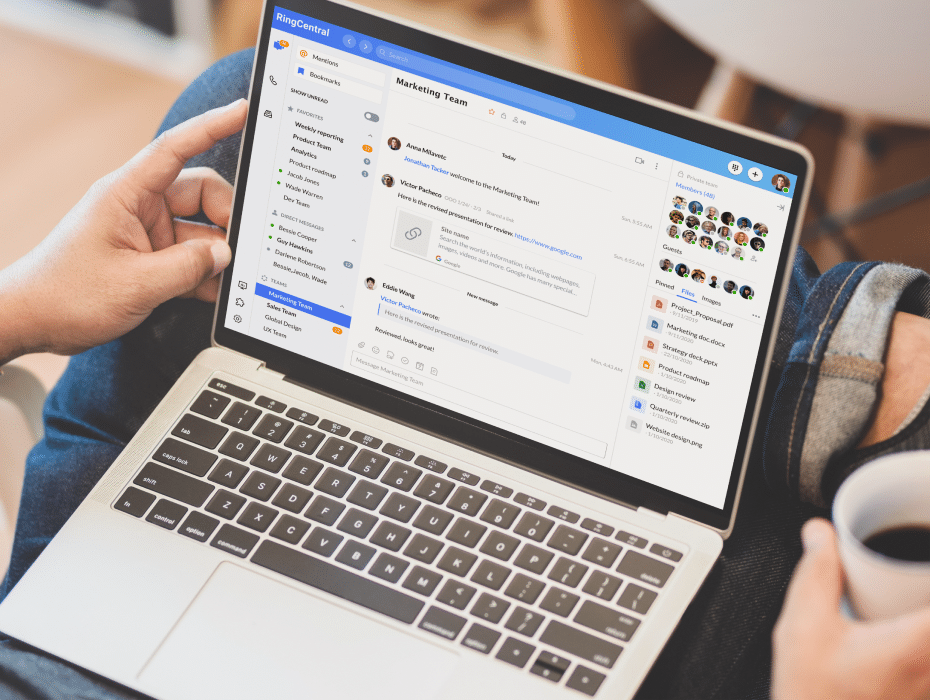Highlights:
- Under new FCC guidelines, 988 will soon connect users to the National Suicide Prevention Lifeline.
- Starting October 2021, all RingCentral users assigned a US phone number who dial 988 will be routed to the National Suicide Prevention Lifeline.
- Also starting October 2021, all users assigned a US phone number should dial 10-digit numbers whether they’re making a local or long distance call.
When it comes to your company’s biggest priorities, a lot of areas might come to mind: research and development, customer success, revenue growth. But none of these priorities are achievable without the well-being of your biggest assets: the tens, hundreds, or thousands of employees that make your company the success it is today.
This is why we place users at the center of our solutions, giving them everything they need to build human connections—especially as employees recover from the pandemic and settle into new work paradigms.
This time, we’re making a change that addresses workers’ mental health and well-being. Under new Federal Communications Commission (FCC) guidelines, all carriers have until July 2022 to launch 988, the new number for the National Suicide Prevention Lifeline.
988 and 10-digit dialing
We’re implementing 988 a bit sooner. Starting October 2021, all RingCentral users in need of assistance can reach the National Suicide Prevention Lifeline by dialing 988.
Also starting October 2021, all RingCentral users assigned a US phone number will have to dial 10-digits (area code + telephone number) to make a call, whether it’s a local or long-distance call.
As of February 2022, the Default Area Code (DAC) feature will be removed for all US area codes. As of that date, users assigned a US phone number must dial 10-digits to place local calls successfully.
Why are we requiring 10-digit dialing in the United States?
The technical reason for the 10-digit requirement is simple—several area codes still support 7-digit dialing and have phone numbers that start with 988 (e.g. 988-1000). If someone were to dial a local phone number that starts with 988, the phone switch would route the call to the National Suicide Prevention Lifeline.
So for 988 to work properly, the FCC is requiring all phone providers to implement mandatory 10-digit local dialing nationwide by July 2022. However, as mentioned above, we’re implementing 988 and 10-digit local dialing in October 2021.
Who is affected by this change?
All users who are assigned US phone numbers and who dial local numbers without the 3-digit area code.
How should users complete local calls in the United States?
Users should dial the area code + telephone number for all calls (local and long distance). Users who already dial 10 digits for local calls should continue to do so.
What happens if I don’t dial 10-digits after February 2022?
Beginning February 2022, users must dial 10 digits (area code + telephone number) to complete local calls in the United States. On and after this date, local calls dialed without the area code, will not be completed, and users will receive a message that the number cannot be completed as dialed. Users will be required to dial the number using all 10 digits.

What will you need to do?
In addition to dialing 10 digits (area code + telephone number) to complete local calls in the US, local 7-digit numbers stored in contact cards, customer records, or call forwarding settings should be updated to include 10 digits (area code + telephone number) to ensure calls are connected successfully.
What will remain the same?
- Users’ telephone numbers, including current area codes
- Dialing emergency and special service numbers (e.g., 911, 711).
- Domestic and international calling rates
- Long distance and international dialing
- The National Suicide Prevention Lifeline can still be reached by dialing 1-800-273-TALK (8255)
Who can I contact with questions?
If you have any questions regarding 10-digit dialing, please contact RingCentral support at support.ringcentral.com.
You can also find additional information on the FCC’s website at www.fcc.gov/suicide-prevention-hotline.
Originally published Aug 05, 2021, updated May 22, 2024





